Compared to the western part of the world, the situation of social media in China is very different. Creators and platforms must face more challenging legal environment. Apps such as Facebook or Twitter are inaccessible. Nonetheless, Chinese social media platforms managed to attract a pool of users which in June 2022 reached up to 1.05 billion netizens. Some platforms have so many users that they created their own ecosystem, also thanks to their multiple features and their capacity to engage with users. Here’s a list of the top social media platforms in China and their most peculiar features.
What are the most popular social media platforms in China?
- Douyin
- Xiaohongshu
- Kuaishou
- Zhihu
- Dewu
- Soul
1. WeChat: The giant of multi-purpose apps
WeChat is undoubtedly China’s most popular social media. In September 2022 the platform reached 1,263 billion MAU s, of which two/thirds were located in China. WeChat influence not only extends in China but has also crossed its borders. Indeed, it is ranked as the 5th biggest app in the world by MAUs, just behind US social networks giants such as Instagram and Facebook.
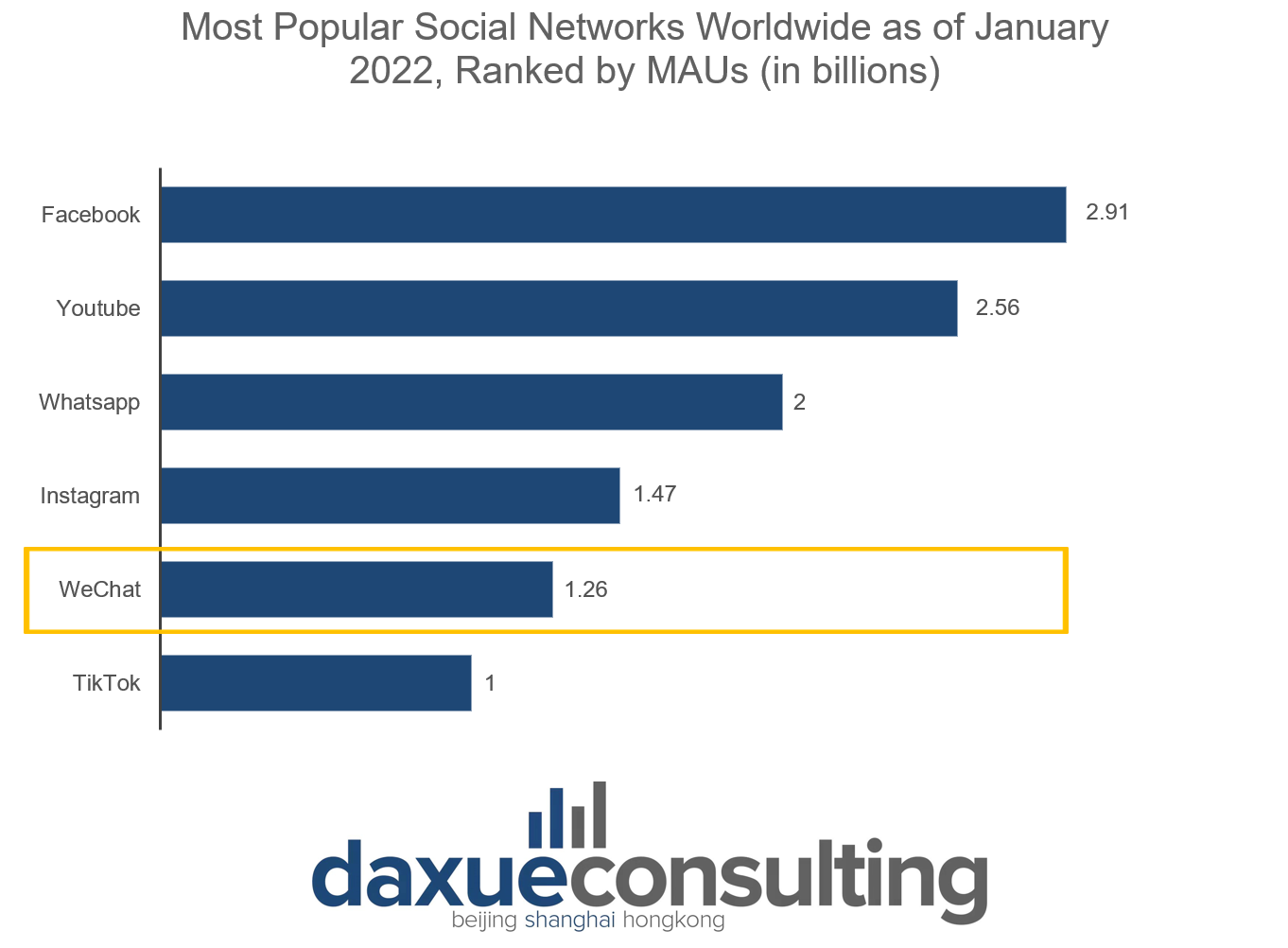
One of the keys for WeChat’s worldwide success is surely its versatility, the platform’s purpose is improving and speeding daily actions, making them digitalized and concentrated in just one app. WeChat provides users with a wide range of services: from paying bills to ordering food and booking train tickets.
The Intricate Spider Net of WeChat Features: WeChat Mini Programs
WeChat detains the title of “most used Chinese social media platform” also thanks to the several features to which users can have access. The most famous and developed one is WeChat mini programs. The mini programs are a net of light-weight apps melted in the WeChat ecosystem. The apps can also be created by companies and have a large variety of applications. They can fit every need in consumers’ life, such as mobile shopping, mobile gaming, life services and travel bookings. For example, in 2020, WeChat created a mini program in each province of China for health purposes. People would have their QR code scanned every time they would enter a public area, so, in case of a Covid-19 infection, they would have been tracked down and put in quarantine.
WeChat Pay
The Chinese social media platform has also an incorporated system of online payments. The app generates QR codes linked to users’ bank account. The operation quickens the purchase, because vendors can easily scan consumers’ codes and complete the transaction easier. More than 250 million WeChat users have linked their bank account to the app in 2021 due to its user-friendly interface and high adoption rate.
WeChat Moments
Talking about the more social media-oriented features of WeChat, the app has also the possibility for users to create and share content. A rudimental version of “WeChat moments” was launched in 2012, but people could only share photos and articles. In 2021, the feature can count on 750 million users a day. WeChat Moments has some similarities with Facebook, through the platform users can share photos, texts and even links. Since 2015, WeChat offers businesses to post “Moments Ads” redirecting to their landing pages.
2. Douyin: much more than just short videos
Douyin is one of the most popular Chinese social media platforms. It is the Chinese version of the app “TikTok”, and in July 2022 it was the most popular short-video app in China, accounting for 715 million MAUs.
Although Bytedance is responsible for developing both Douyin and TikTok, the two social media platforms have slight differences between one another. While TikTok has a worldwide coverage, Douyin is only accessible to users that are physically based in China, since it can only be downloaded through the Chinese app store. The Gen Z and Millennials account for a big chunk of the platform’s user base, however, TikTok managed to get the highest number of users from the newer generations. In 2022, 80% of the TikTok users were aged between 18 and 34 years old, whereas Douyin under-30 users accounted for 49% of the total.

Douyin is building a sound e-commerce ecosystem
The features of the two platforms are also different. Compared to its sister app, Douyin vaunts a more developed e-commerce. Since 2018, the app allows creators to promote products through their short videos and livestreams. They can also link these products to the Chinese biggest e-commerce platforms, such as Taobao, allowing users to purchase items in just few clicks, enhancing the shopping experience. In the first half of 2022, TikTok tried to emulate Douyin’s economic success in China by launching a program of live commerce in Europe, but the project was abandoned after the goals were not accomplished and local influencers didn’t show any support to the initiative.
3. Weibo
Weibo is a microblogging Chinese social media platform launched in 2009 by Sina Corporation. In Q3 2022, the app managed to gather 584 million MAUs, placing itself among the top social media platforms in China. Weibo works pretty much like Twitter, it’s a social where users can publish information, post, and share opinions. The Chinese app has also some features in common with the famous American social media, for example the length of posts, which must not exceed 140 characters, and the possibility to use location-based hashtags to improve the user experience. The target user of the Chinese social media platform is also clear. In June 2022, more than 60% of Weibo users were born after 1996.
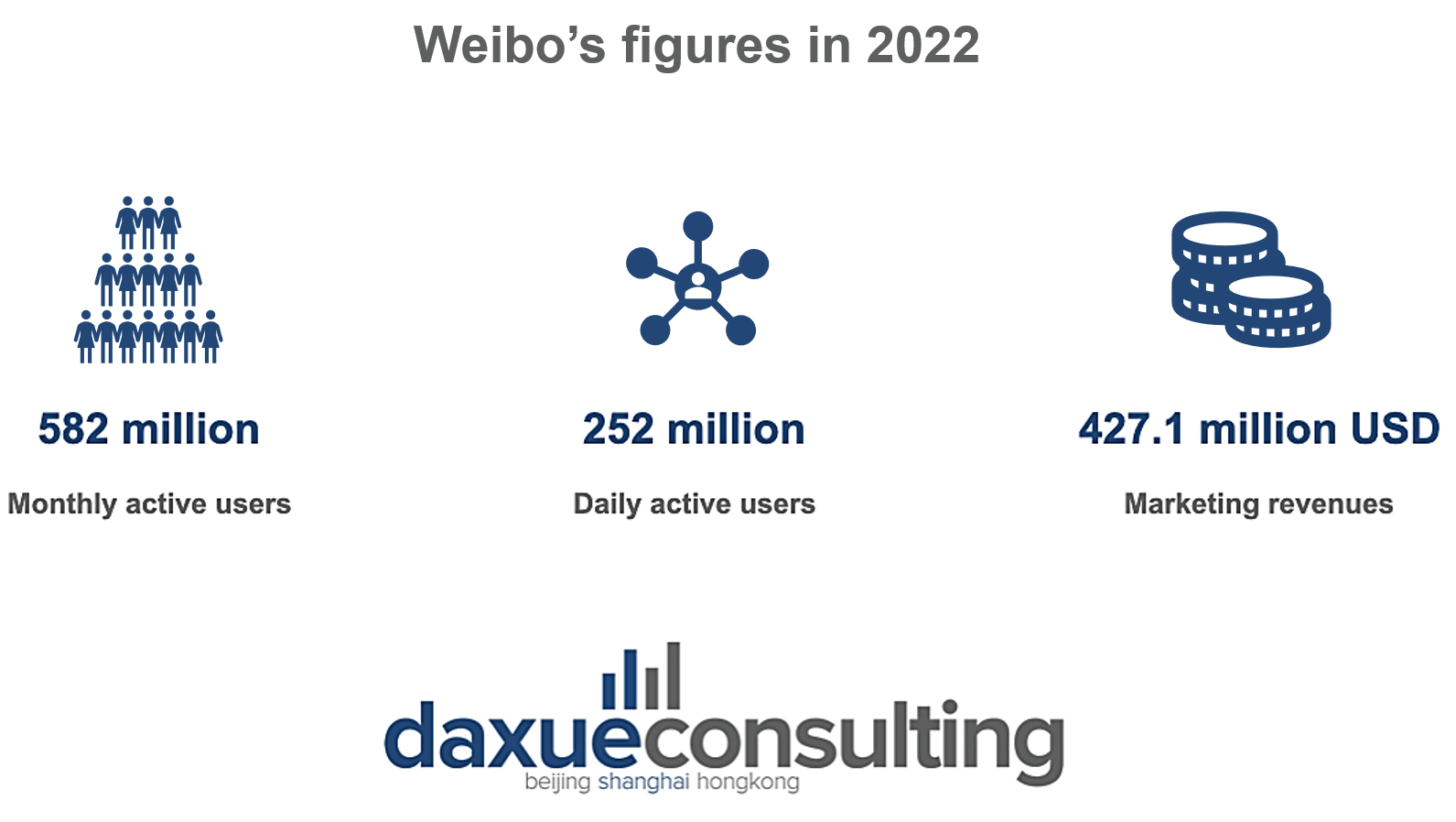
4. Xiaohongshu
“Little red book” or Xiaohongshu is another one of the top Chinese social media platforms. Founded in 2013 by Mao Wenchao and Qu Fang, it has reached 158 million MAU in June 2022. The app is a sharing platform which includes a wide range of consumers’ experiences and lifestyles. It is a platform that brings together e-commerce, user-oriented ads, and products reviews. Beauty and fashion are some examples of the most popular topics on Xiaohongshu. The app is particularly popular among women. Indeed, in June 2022, 70% of Xiaohongshu’s active users were females. Most of users reside in tier 1 and 2 cities, indicating a high purchasing power.
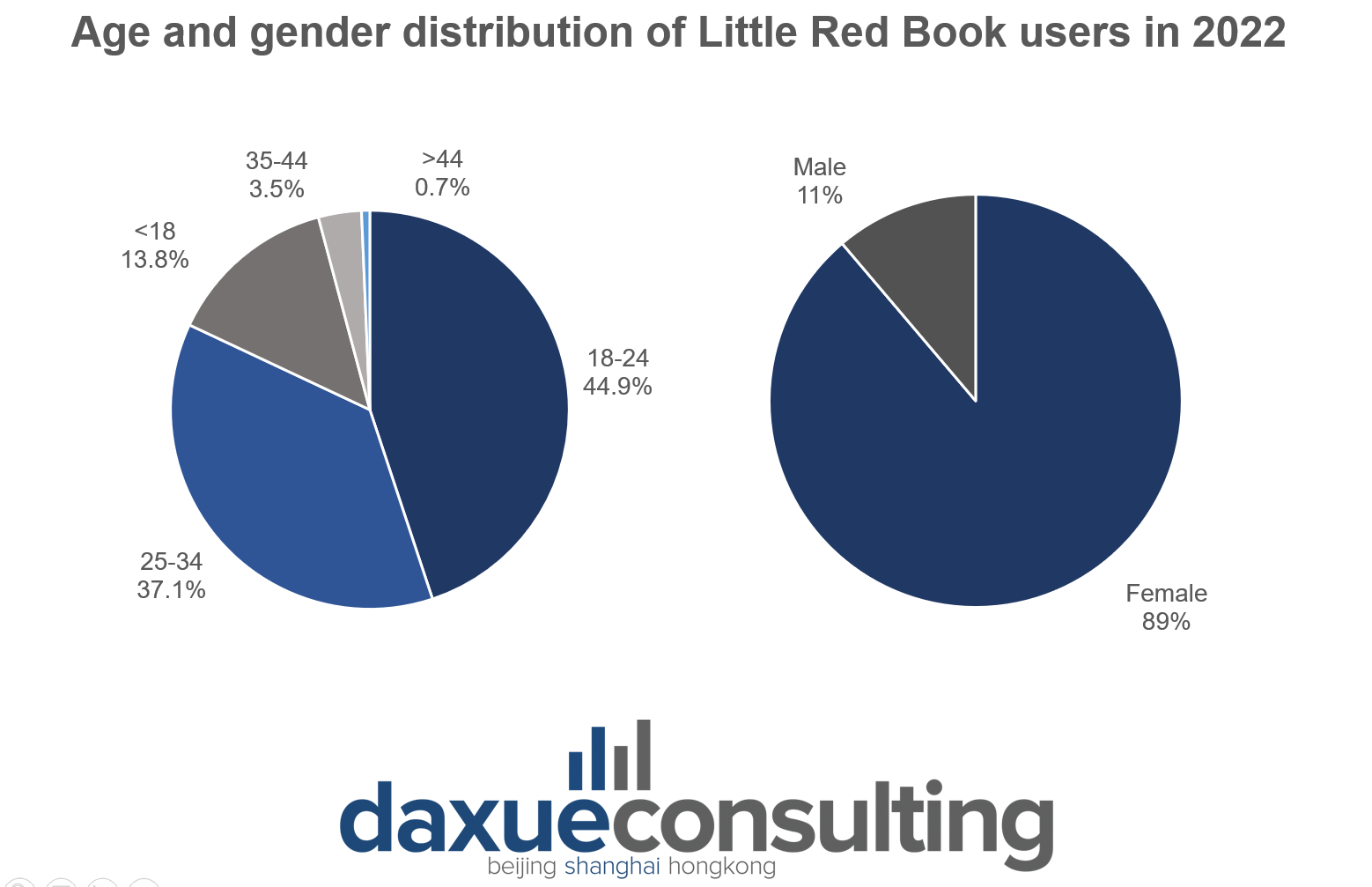
5. Kuaishou
Kuaishou is a Chinese short-video app launched in 2011 and represents a direct competitor of Douyin. However, the numbers of the platform are still far to be considered a threat by the Chinese TikTok. Although Kuaishou registered 510 million MAUs in July 2022, Douyin still overtook this score, reaching 715 million MAUs in the same period. The purpose of the two apps is slightly different. Indeed, the target audience of Kuaishou are lower-tier cities and rural China, because it has a wide range of content which represent the life of the average person who lives outside the big cities.
Lately, Kuaishou is gaining popularity among the biggest luxury brands, because it’s considered the gate to conquer lower tier cities. In April 2022, Kuaishou launched a three-day streaming event to enhance the bond between brands and young people living in rural areas of China.
6. Zhihu
Zhihu is a question-and-answer social media, a platform where questions are created, posted and answered by its own users’ community. The app gathers professionals and experts who can provide information about topics they are specialized in. The answers are usually in-depth articles and insights which allow the user to find suitable solutions to their problem. With its 97 million MAUs in Q3 2022, it is considered China’s largest Q&A platform and one of the most favorite in China for marketing.
7. Dewu
Dewu is a Chinese online shopping app developed by Shanghai Shizhuang Information Technology Co., Ltd. What makes this platform special is its strict product authentication and inspection process aimed to reduce the risk of counterfeits. It has also strict authenticity-checking measures for evaluating the validity of fashion labels. Every product which passes the text is provided with a unique digital ID and an authentication certificate.
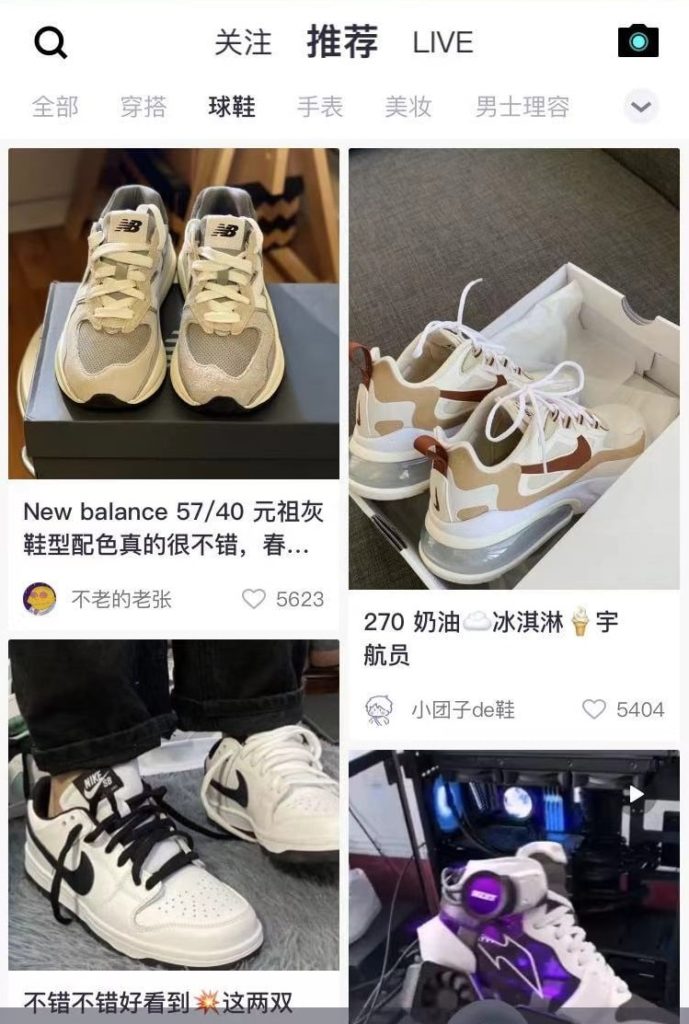
In 2020, the app was responsible for 60 million identifications with only 40 million active users back then. The app is exploding among young users: during 2022 Q1, users born after 1990 accounted for 80%of the overall base. They mainly use Dewu to purchase sneakers and discuss with the community about the latest trends. The platform also offers features aimed to induce top brands to set up their stores on the app, such as discounted pricing for businesses, faster shipments, marketing advice, and promotions for the community.
8. Soul
Soul is an AI-driven Chinese social media platform founded in 2016 which is especially designed for Gen Z, combining classic dating apps and metaverse. The app’s purpose in to create a safe environment for users in which they can communicate and make new friends. Since its launch, the platform gathered 100 million registered users worldwide. Soul’s target audience is specifically aimed to young people who lack of social relations skills or find it difficult to make connections with other people. In 2021, 63% of all the platform users were below 35 years old.
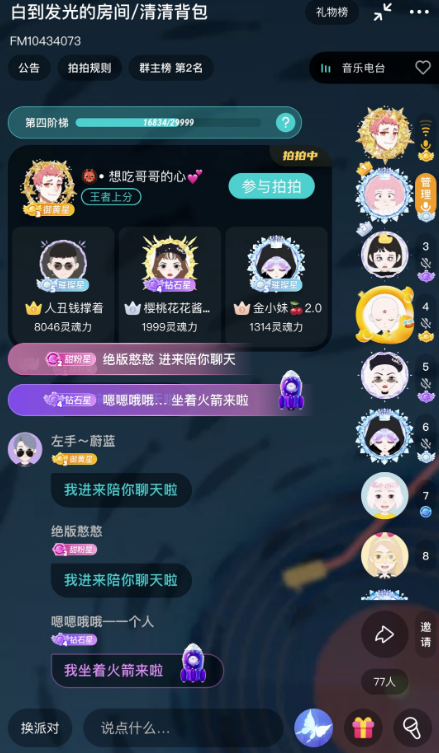
Soul aims to create an interest-based community in which users have also the chance to create true-to-life avatars, join virtual parties, and play games with other users, thereby developing an app that goes far beyond the mere dating.
7 steps for understanding Chinese Social Media Platforms
- The Chinese affluence in social media platforms is increasing year on year and has recently overcome 1 billion netizens.
- WeChat is the undisputed ruler of the Chinese social media market, and currently the 5th largest app in the world by MAUs. The app managed to become ubiquitous in Chinese consumers’ life, by creating an ecosystem capable of meeting a broad range of needs.
- Douyin detains the crown for the largest short-video app in China. This success is partially due to the platform’s effective e-commerce strategy, which allows users to purchase products with just few clicks.
- Weibo is one of the top social media platforms in China concerning microblogging. The app managed to attract a huge young fanbase, accounting for more than half of the total users.
- Xiaohongshu is a lifestyle sharing app which conquered a huge chunk of the Chinese users, women in particular.
- Kuaishou’s mission to portrait the life in rural China is attracting an ever-increasing number of users especially in lower tier cities, imposing as a valid competitor for Douyin.
- New apps are trying to make their own name in the Chinese platform market. The shopping app Dewu and the dating app Soul are increasing their popularity year on year, also thanks to the innovations they have brought to the market.





